This is how you should be structuring your CV

A blank Word document. Your name at the top. Now, what the hell do you write?
Writing your CV can become a bit of a minefield because, here’s a little secret, there’s no correct way to do it. People have sewn their CVs into fabric to get design jobs, and hey, it worked. However if you’re applying for a business role, they probably don’t want a bit of fabric in the post.
One thing that remains universal is the structure – as in where does stuff go? At what point where you’re desperately trying to sell yourself do you mention you got a 1st in your degree, or you worked part-time at Morrison’s? Helen Poole, Opportunities Manager at GoThinkBig reads all your CVs for any GTB, O2 or Bauer opportunities. She’s also worked in recruitment for ten years, so let’s just say she’s probably seen about 17,590 CVs (PER YEAR!), and knows a thing or two about what makes a good one. So I asked her – what should go at the top, middle bit, and bottom?

“Your name should be at the top – it doesn’t necessarily have to be ‘bigger – but don’t write CV or curriculum vitae – it’s obvious it’s a CV!” Helen says. Other information for that top bit of your CV should, as Helen tells us, include:
- Phone number and email are essential
- Twitter, if it doesn’t have anything incriminating and could be relevant to your role (i.e. marketing/journalism)
- A link to your portfolio is essential if you’re applying for something creative and have one to show off
- A link to your blog
Helen says adding your address isn’t necessary: “Save space! Especially if it’s only one page – people will contact you via phone or email, for initial interviews so your address isn’t necessary.”
Your personal profile should also be at the top, and needs to describe your ‘current situation’: “It needs to be something different, NOT just buzzwords!” adds Helen, “Say about what you’re aspiring to do in your career, and of course, make it relevant to the job you’re applying for. That’s crucial.”
And finally, your key skills. Helen says these should go before your experience on your CV, as long as you’re not just wasting space and using buzzwords: “Don’t just use soft skills like ‘communication’ and ‘organised; make it relevant to the job role, and things that are different to the norm.”

“The main bulk of your CV is your experience,” Helen says. We’re calling this the ‘middle bit’ – and it’s probably the longest, most important bit of your CV. “Using the word ‘experience’ is a good word because it includes paid employment, work experience, internships or even your blog,” Helen explained.
Put whatever is most relevant to the job role first – it doesn’t matter if it’s paid or not. For each bit of experience, you should include the company, job title and date for ALL of them, with a small explanation of what that company is or does if it’s not well known.
“Bullet point what you have done as it’s so much easier to read,” Helen says. “And make sure this section covers everything relevant you’ve done.”
Helen explains that making this easily readable is really important, especially for someone who’ll be scanning through tonnes of CVs. Formatting changes such as centralising it all doesn’t look professional, and can make it messy to read. Align everything to the left and make the company and dates clear.
“If you still have space, under all your experience you can add in your job at Waitrose or your bar job, but only put your role and the dates, and maybe one line about it.”

Although you might add in your personal profile that you’re currently a graduate/studing/qualified in X, the main bulk of your education should go at the bottom of your CV. Include your school, college, uni, dates and grades.
Should you add in your hobbies? Yes: “This gives a flavour of the person,” explains Helen, “but only if they’re specific hobbies. Don’t include things for the sake of it like reading, socialising, going out, etc.”
If you’ve completed relevant awards or ‘badges‘, add these in at the end of your CV, too – and that’s not Brownie badges you received when you were 12, but things that could help you application. “Charity or volunteer work is always a good thing to include here,” adds Helen.
Finally, a simple ‘references available on request‘ is sufficient for the end of your CV. You don’t need to provide names and contact details when you first apply.
Ultimately, says Helen, experience is what counts – that’s what everyone is looking for. So don’t leave it until the second page of your CV to tell your potential employer that you’ve actually got really relevant and useful experience!
